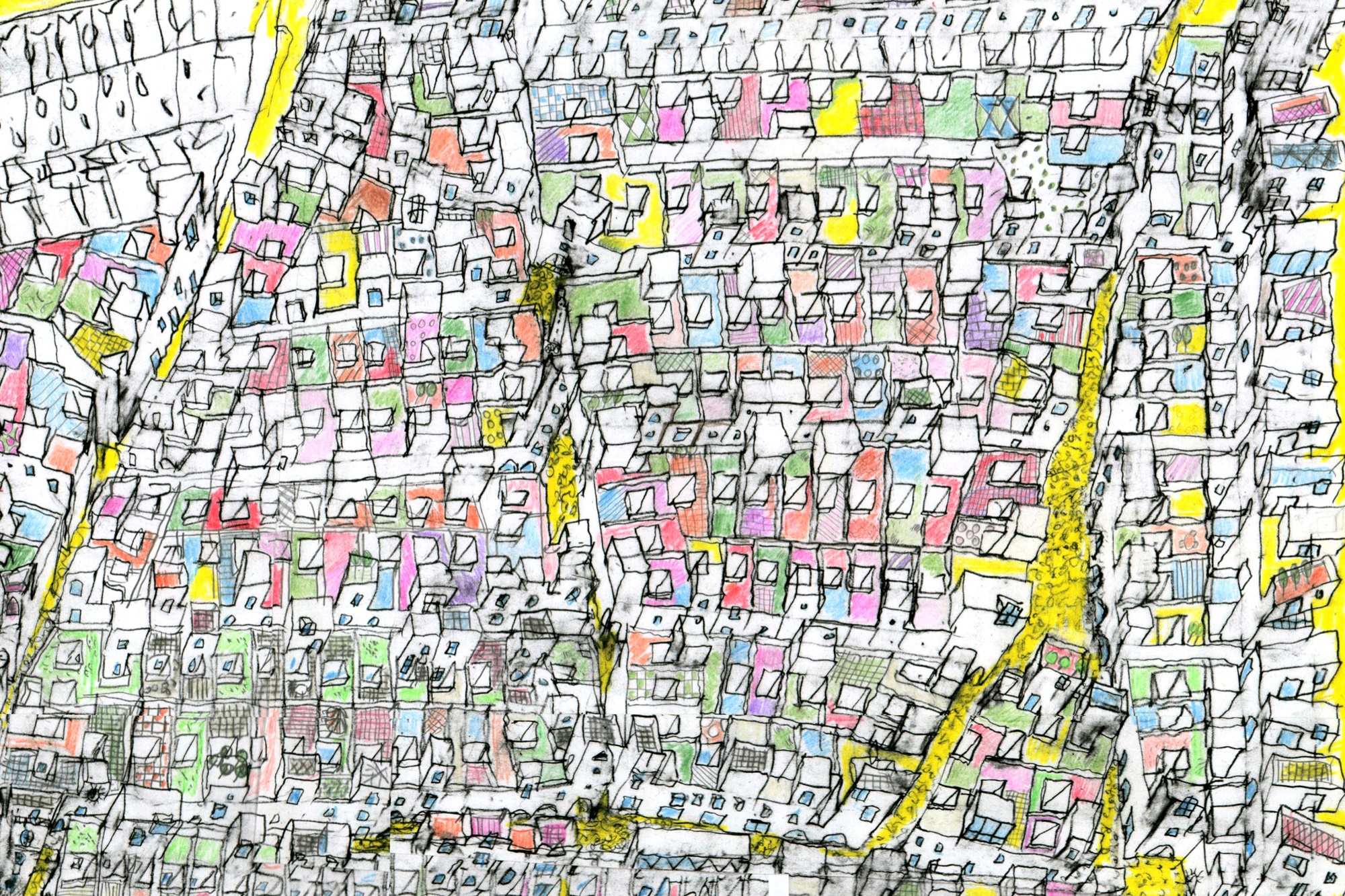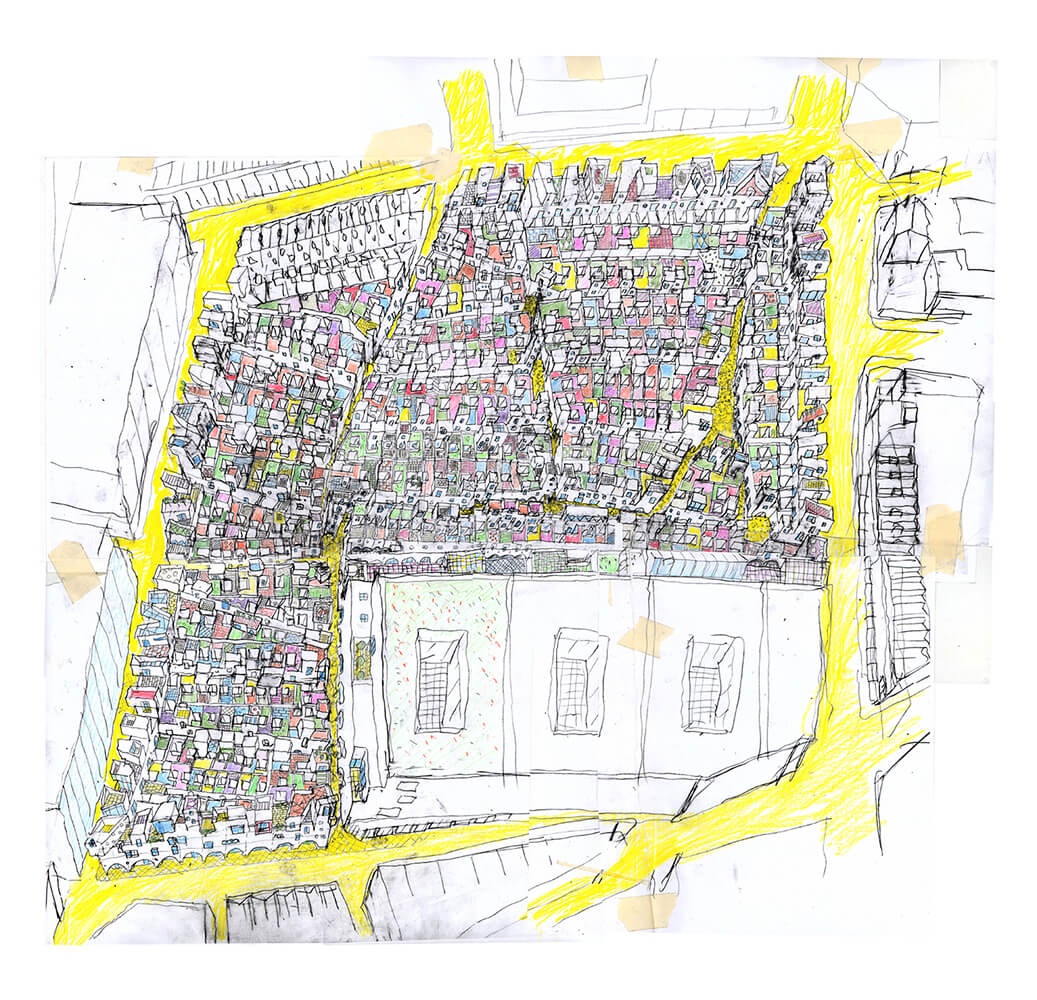Houses for people
An urgent challenge for civic and social imagination

Editorial by Manon Mollard in The Architectural Review
The combination of the award winners AR House Awards 2019 and a series of social housing projects in a double issue offer a rich opportunity to explore the places we live in now and the responsibilities of designing them.
There are the houses that the architects have designed for themselves. Originally an extension, the Santa Monica house not only guided Frank Gehry’s career, but many argue it was also his first statement on deconstructivism. A few kilometers away, Eames has built “the one house” that encompasses their way of thinking, seeing and being in the world. There are also the houses that the architects have designed for others. Le Corbusier’s grand villa, Villa Savoye, is a constructed manifesto, the physical embodiment of his “five points of the new architecture”, while Rem Koolhaas’s Maison in Bordeaux is a more literal “machine for living”. Designed as three houses in one, each stacked on top of each other, the sliding floors and movable walls come to life on the screen with the cleaning routine of Guadalupe Acedo.
Throughout history, the house has been the standard bearer of a fairly radical innovation that foreshadowed deeper evolutionary currents in architecture and society, constantly pushing the boundaries of the way we live.
Designing people’s homes is the essence of architectural practice; the type and tool through which we think about the spaces we sleep in, the ways we interact with our neighbors and the patterns of daily life.
“In addition to the need for architectural solutions, designing the spaces in which we live has emerged as an urgent challenge
for the civic and social imagination”
When designing for the poorest in society, the challenge and the sense of duty intensify. With their mantra of always doing the most with less, Lacaton & Vassal advocate creating the “best”. The simplicity, both in concept and design, of the extensions of their winter gardens makes them easily accessible to residents. By sticking them on the facades of dilapidated housing blocks (an obvious move now that it has been made), they also demonstrate that ideas born from conversations with specific customers can grow and benefit the masses. Tested and approved at Maison Latapie, their first project, the premise of “luxury in simplicity” has gained resonance once realized on a grand scale and has not yet realized its true potential.
Social housing, in all its complexities and contradictions, is a difficult subject. There is a small drawback to the story, that fleeting episode on the 20th century timeline in which “social housing”, as a term, as an idea and as a right, was loaded with meaning; when governments recognized the priority of providing homes to those most in need. Today the concept has been confused. There is no strict definition, especially not on a global scale. In this issue, we have chosen projects and practices as case studies to help us understand the broader ideas, from the funding models that made them possible, to the innovations they are trying to foster. A newly built building on the small island of Formentera enthusiastically demonstrates, with the incongruous use of posidonia, that even with very limited budgets, architecture can act as an incubator of ideas to mitigate the effects of climate change.
Here in London is the “real popular building” that Peter Barber is so busy, so proud (and rightfully so) that he is resurrecting, slowly populating London’s neighborhoods with reinvented vernacular archetypes in characteristic brick, ranging from soft yellow to ivory. Despite this timid re-emergence of social housing, his portfolio traces the ubiquitous shift from housing as the right to housing as a commodity. In both the UK and the rest of the world, the home has become an instrument of financial speculation without its social function. In addition to the need for architectural solutions, designing the spaces we live in has emerged as an urgent challenge for the civic and social imagination.

Cover image and above, by Peter Barber Architects – Coldbath Town in London Clerkenwell is a publicly funded project offering economic properties to around 100 businesses and housing for around 2,500 low-income people. Featuring stepped sun terraces, bow window windows, balconies and colorful front doors, it forms a beautiful urban neighborhood.
This article is present in the issue AR July / August on AR House + Social housing
Source: www.architectural-review.com
Translated article: https://www.architectural-review.com/essays/letters-from-the-editor
17 July 2019 by Manon Mollard
































































